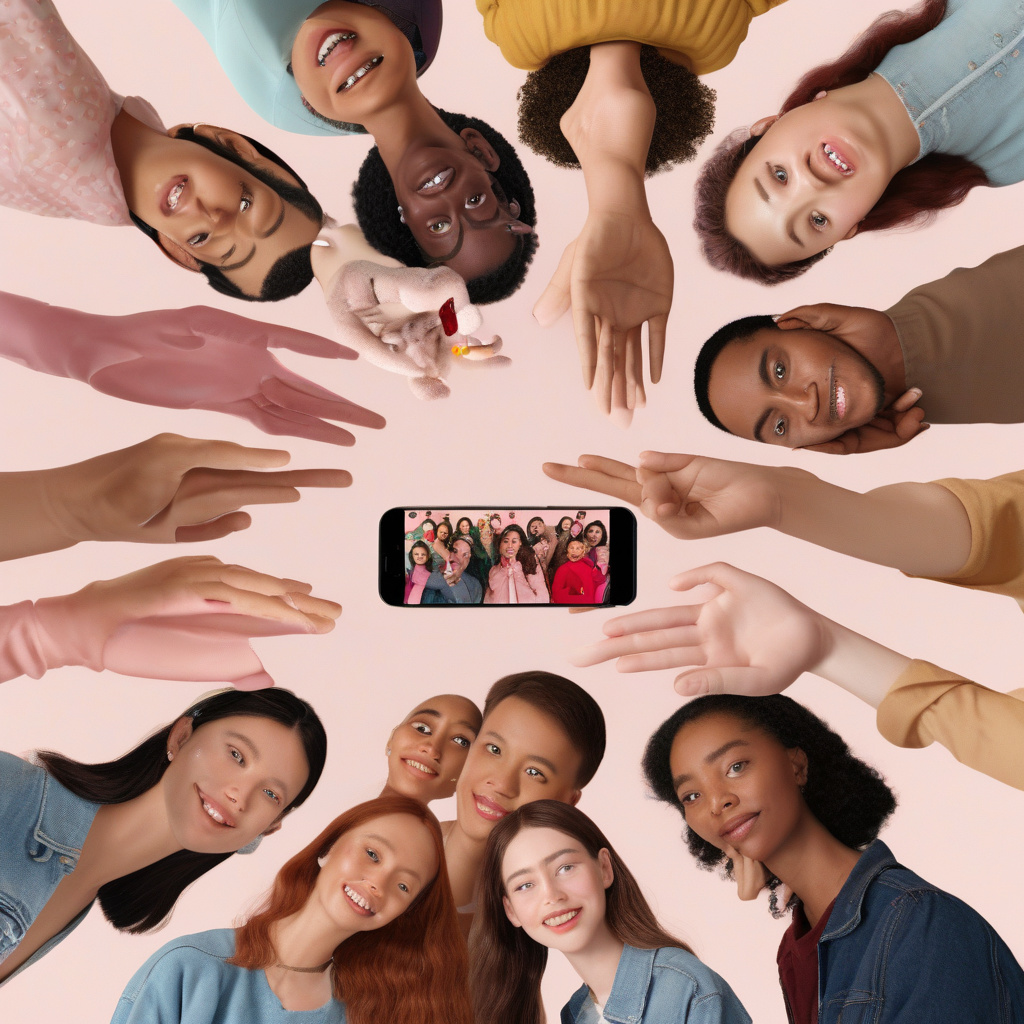TikTok, the wildly popular social media platform, is making strides in enhancing accessibility for its users. In a recent announcement, TikTok unveiled a series of new tools aimed at making the platform more inclusive for all. One of the standout features in this update is the introduction of AI-generated alternative text (ALT text) for images. This technology will automatically generate descriptive text for photos uploaded on the platform, providing crucial context for users who rely on screen readers to navigate content.
Moreover, TikTok is also introducing a high contrast mode, catering to users with visual impairments who may benefit from a more distinct color scheme for better readability. This feature exemplifies TikTok’s commitment to accommodating a diverse user base and ensuring that everyone can engage with the platform comfortably.
In addition to these visual enhancements, TikTok is addressing text legibility by supporting device-level bold text preferences. This simple yet impactful feature allows users to customize their viewing experience based on their individual needs and preferences. By offering these options, TikTok is empowering users to tailor the platform to suit their unique requirements, fostering a more personalized and user-friendly environment.
The introduction of AI-generated ALT text is particularly noteworthy as it represents a significant step towards making content more accessible and inclusive. By automatically providing descriptions for images, TikTok is not only simplifying the content creation process for creators but also improving the overall user experience for individuals with visual impairments. This move aligns with the broader industry trend of leveraging AI to enhance accessibility across digital platforms, showcasing TikTok’s dedication to staying at the forefront of technological innovation.
Furthermore, the implementation of a high contrast mode underscores TikTok’s proactive approach to accessibility, demonstrating a proactive effort to cater to users with specific visual needs. This feature not only enhances readability but also reflects TikTok’s recognition of the importance of creating an inclusive environment where all users can engage with content comfortably.
Supporting device-level bold text preferences is another user-centric addition that highlights TikTok’s commitment to user customization and inclusivity. By allowing users to adjust text settings according to their preferences, TikTok is putting the power in the hands of its users, enabling them to create a viewing experience that meets their unique requirements.
In conclusion, TikTok’s rollout of new accessibility tools, including AI-generated ALT text, a high contrast mode, and support for device-level bold text preferences, marks a significant milestone in the platform’s journey towards inclusivity. By embracing these features, TikTok is not only enhancing the user experience for individuals with disabilities but also setting a positive example for the industry at large. As TikTok continues to prioritize accessibility and user-centric design, it is paving the way for a more inclusive digital landscape where everyone can participate and engage meaningfully.

